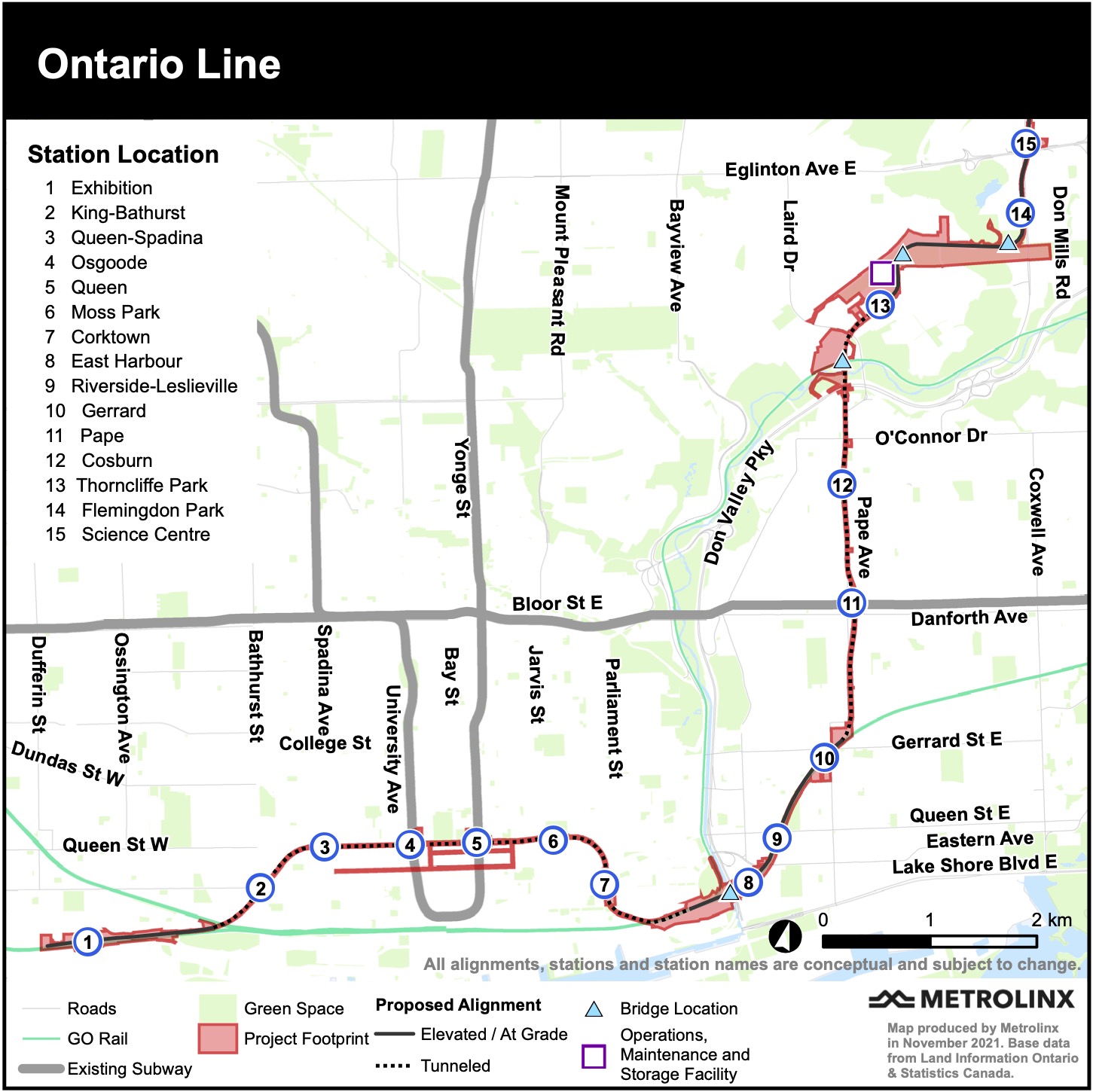Were they not paid for their design work? RFP consortium selection typically includes some type of payment for design work completed as part of the bid which Metrolinx would own even if they do not complete a bid.
Definitely unusual but for a project of that scale with 4 bidders it likely cost them $200M.
They are paid for putting together their proposals, yes.
I'm not an expert, but I would have thought that the process would allow them to document areas requiring negotiation after selection, or areas where their bid assumed a variance from the contract spec, as part of their bid submission. That would likely mean they would take the "as built" track and model the service plan ML has laid out, and might well have concluded that the plan wasn't deliverable without changing the physical plant.
If ML has already found the feedback compelling enough to take on this work themselves, and if these concerns are generic enough to all bidders that the work retains a "level playing field" for bidders - that's interesting at least. I would be asking why the design and review process didn't identify those items as necessary, given that ML is defining the service plan.
The switch documentation stands out - it's a case of adding more crossovers in different locations, to the uninformed eye the changes provide additional flexibility and throughput. Having ML do the work may mean they can finance differently, or the ownership of assets is somehow different, or maybe vendors don't care to accept the risk of messing with specialised signal and track infrastructure, and want that left to some other specialised contractor.
I can certainly see why vendors especially those in the operations and maintenance business would want to assume a finished plant, and stay out of the construction relationship with regulators, land owners, neighbours, etc. But if I recall the vendor consortiums all had construction firms on their team, and the "Finance" element of DBFOM was there to pay for whatever changes the vendor found was needed to operate to the ML service spec.
- Paul






